Apr 24 2017.
views 1456
As the heat intensifies with no signs of abating ask any seasoned fashionista what she turns to on those scorching days and chances are that a kaftan forms the basis of her covetable attire. No longer relegated to the "auntie" fashion realm, it's the one item of clothing that doesn't require you to be tall, thin or look like a clothes horse. Cool and loose in the heat, and yet chic and original, get it right, goes the thinking, and you could be laughing from the pool to the beach, all through lunch, possibly even out to dinner with the right heels. On social media, a stream of style influencers - Beyonce, Rihanna, Poppy Delevingne and more - have done much to popularize the kaftan, heralding it as an indispensable item!
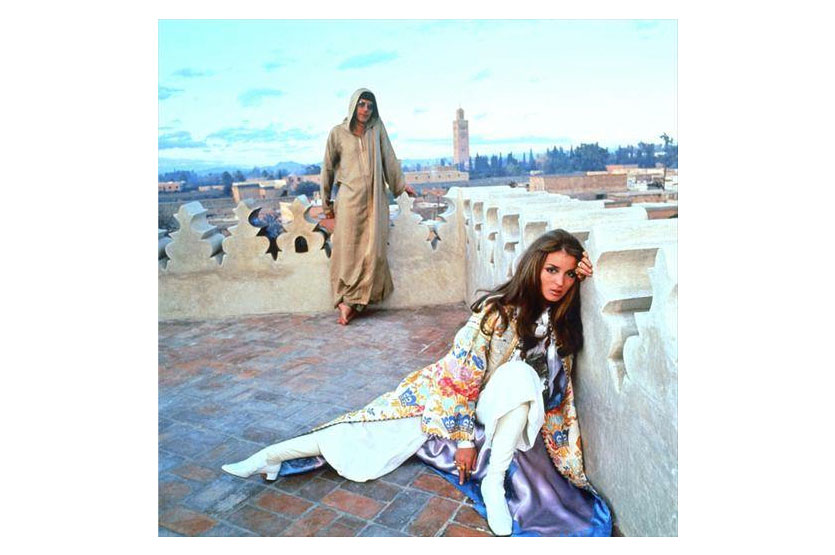
The kaftan is currently being embraced with a fervour not witnessed since Yves Saint Laurent and Talitha Getty popularized it into mainstream fashion in the sixties! Yves Saint Laurent and his life partner, Pierre Bergé, who launched the Saint Laurent fashion house with him in 1961, visited Marrakesh, Morocco, in 1968, and became enamored with the colours, textiles, and sensuality of Moroccan culture. Saint Laurent fashioned kaftans for his fabulous pals like actress and socialite Talitha Getty, her playboy husband, John Paul Getty, Jr. In January 1969, the Gettys were photographed by Patrick Lichfield wearing kaftans on a Marrakech rooftop, which became an iconic image that defined what’s known as hippie or boho chic.
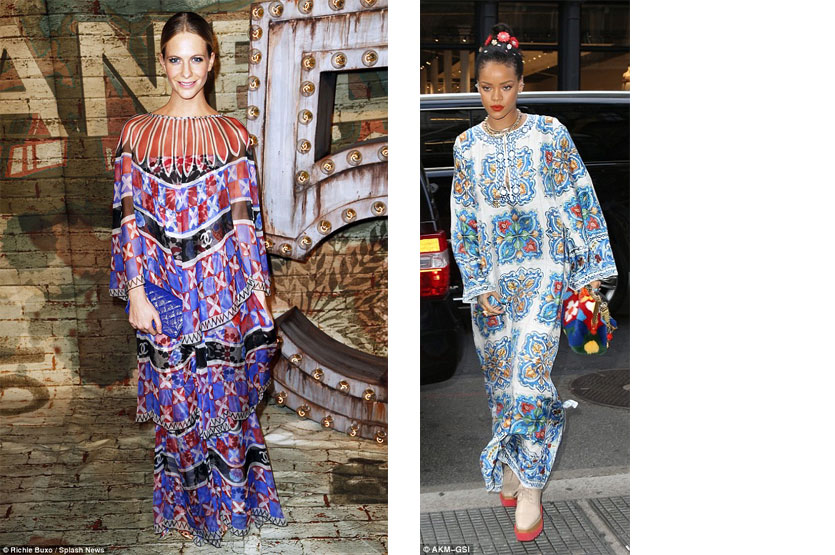
A symbol of exoticism and a bohemian lifestyle, over the years "kaftan" has become the catchall term in fashion for any kind of loose-fitting robe or tunic - often used to describe a number of different garments of Middle Eastern and North African origination. Kaftan is a Persian word, while the garment style is believed to have originated in Ancient Mesopotamia. The Ottoman sultans from the 14th to the 18th centuries wore lavishly decorated kaftans; they were also given as rewards to important dignitaries and generals. It can be made from almost any fabric; most are made of silk, wool, or cotton and are often bound with a sash. Kaftans are worn by both men and women in variations across the Iranian plateau, through North Africa, and into West Africa. Primarily worn in hot climates, the kaftan’s loose silhouette helps proper ventilation, therefore lowering the body temperature (though Russians have a similar garment also called a kaftan made of fur).
When the Western world (including England, France, Italy, and the United States) started to appropriate kaftans in the 20th century, the idea was pilfered from all over the map. Kaftan fashion in the West was borne out of a romantic obsession with the idea of the exotic otherness, whether it was fantasies about Arabian deserts, Indian temples, Turkish palaces, or Southeast Asian islands. In Europe and North America, authentic kaftans were rarely worn other than by an elite few travellers who brought them back from exotic expeditions as part of the fad for Orientalism and Turkish style interiors during the 19th century. It was not until the 1950s and early 1960s they appeared in high fashion when adapted by French couturiers. Dior is credited with showing the first modern kaftan, as a coat over a dress, on a haute couture runway in the 1950s.
By 1967, Vreeland’s "Vogue" was filled with gorgeous models in kaftans in exotic locations. She insisted that kaftans were "fashionable for the beautiful people. For the Dancing Queens who loved disco, it was the height of fashion to have something that you could dance in that showed off your motion by moving with you".
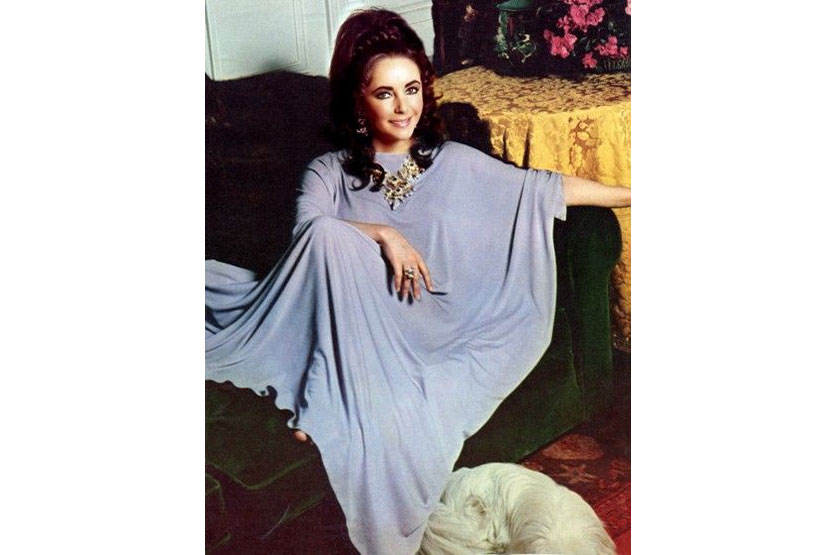
The kaftan lent itself well to the fashions of the next decade; providing a simple silhouette that could be beaded, heavily patterned, or sleekly minimal as seen in the designs of Halston in the 1970s, loved by the Studio 54 set! Celebrities like Jackie Kennedy, Bianca Jagger, Elizabeth Taylor, Brigitte Bardot, and Grace Kelly were photographed in designer kaftans. It mostly stemmed from its association with exoticism as well as the easy-to-wear comfort of these pieces. From the mid-1970s through to the last decade, the kaftan disappeared from most high fashion catwalks, instead becoming associated with resort wear.
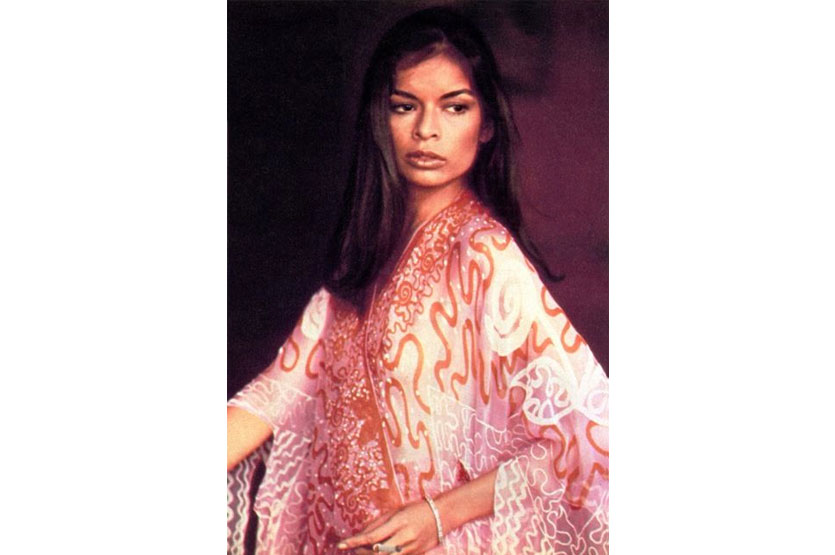
While kaftans were for the young and sexy in the disco world, as soon as disco became passé, kaftans, along with muumuus, were regaled to batty old ladies! Instead, young starlets in the 1980s adopted form-fitting Spandex and big, angular shoulder pads. The '80s introduced a more body-conscious fashion and the silhouette just changed dramatically, where you had an emphasis on the shoulders and big hair.
The early '90s saw a return of the bold and graphic silhouette of the kaftan, it’s a garment that enables designers to each put their unique spin on it, while usually maintaining the ease of comfort and modesty that make it so appealing to women worldwide.
Shortened to micro-mini length, Tom Ford took the kaftan silhouette to the realm of the erotic for Gucci Spring 1996, as designers seeking to inject their collections with an "oriental" touch and nostalgia for the 1960s rediscovered the versatility of this garment. Fashion designers such as Pucci, Missoni, Temperley and Dolce & Gabbana have continually reanimated the kaftan’s Bohemian mystique, and others such as red carpet favourite Elie Saab have brought the kaftan to the red carpet with ornately beaded and embroidered versions.
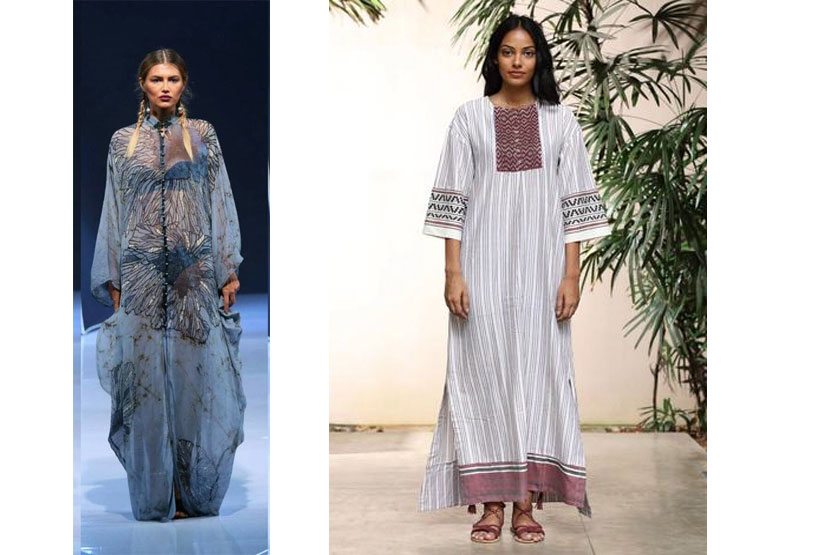
The kaftan is something that you can wear comfortably in a few different settings. It allows you to wear really comfortable clothing in public, things that you might have reserved for just wearing behind closed doors in your own house. The unstructured garment is really appealing to people in as something that can be transformed in so many ways. You can dress it up, dress it down. It can be casual, for heading to the beach or hanging out at home, but it’s still something that people can wear outside and feel fashionable in. There are not that many garments that translate so well. Kaftans have an ambiguous sexuality to them, they can both free the body and emphasize the body, while still remaining somewhat dignified.
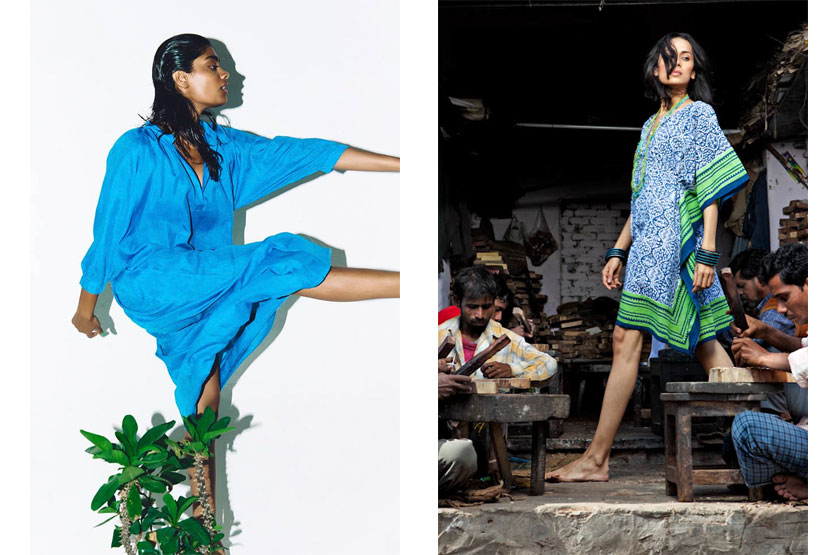
Colombo fashion favourites like Buddhi Batiks do a range of stunning kaftans with their signature batik in chiffons, cottons and satins, while AISH available at PR, made from the softest muslins and second skin cottons are incredibly wearable as are the vibrant block printed long and short kaftans from Anohki available at MILK on Horton Place. For online shopping, Fashion Market is always a great source!
0 Comments